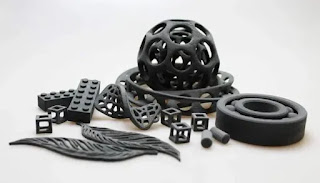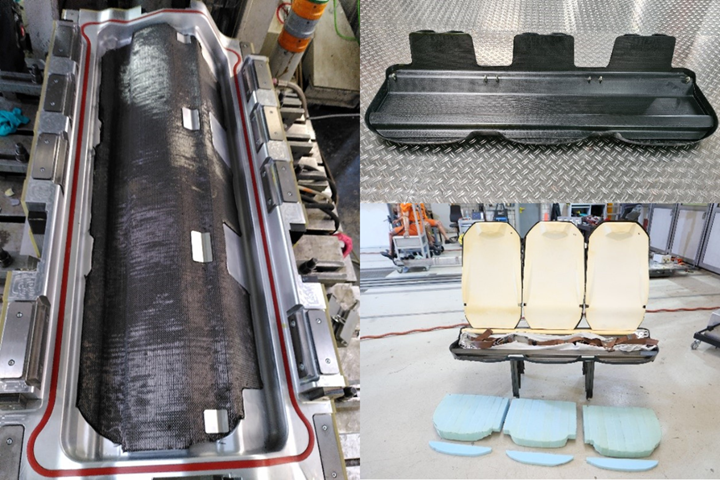International Conferences on Composite Materials

4th Edition of International Conferences on Composite Materials composite.sciencefather.com Award Nomination - https://x-i.me/compram1 Abstract Submission - https://x-i.me/compabst2 Seat frame demonstrates next-generation autocomposites design As more electric and hybrid electric vehicles launch into the market and hit the road, automotive OEMs are increasingly exploring composites use to reduce weight for various components to help increase vehicle range. One recent success is the award-winning, all- composite, second-row seat frame for the hybrid-electric 2022 Toyota Tundra pickup truck — a collaborative, multiyear endeavor introducing a number of new composite materials and process innovations. John Salvia, senior engineering manager at Toyota Motor North America, Research and Development (Ann Arbor, Mich., U.S.), explains that in 2018, Toyota engineers at his Ann Arbor facility began to brainstorm “the next-generation truck.” “We started out looking at what would be the mo


